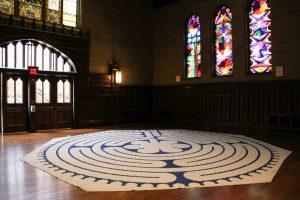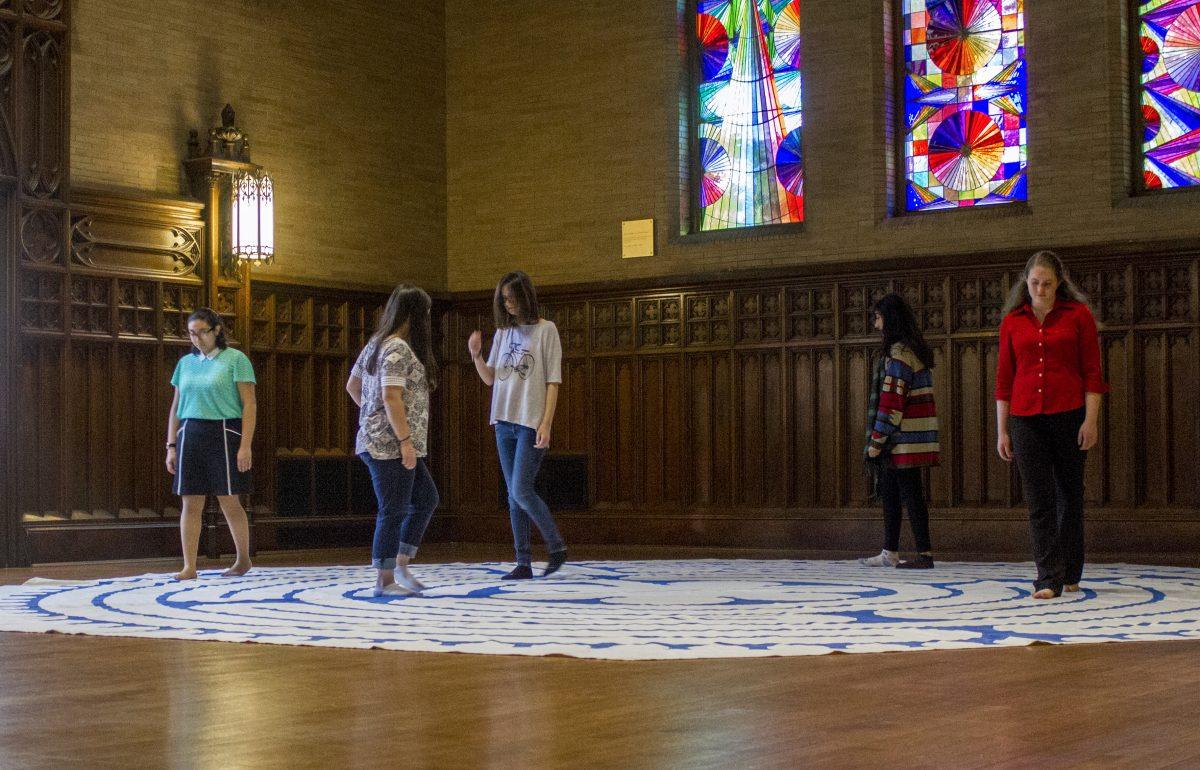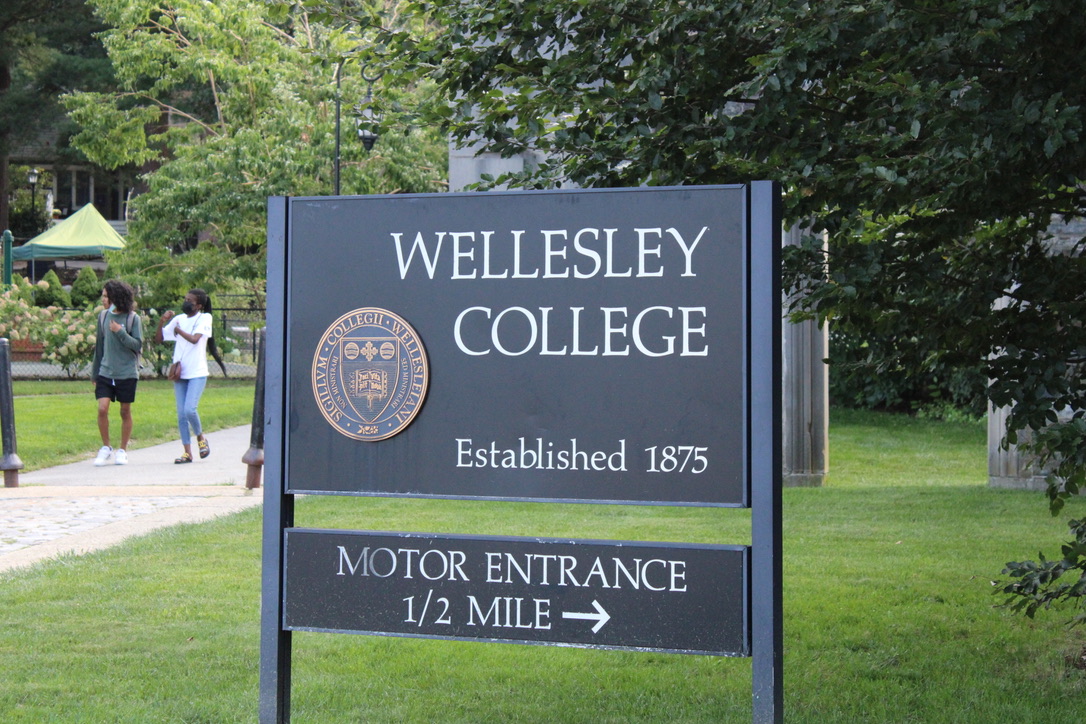On Nov. 6 the Office of Religious and Spiritual Life (ORSL) held an event designed to introduce students to Houghton Chapel’s new indoor labyrinth. Hosted by renowned labyrinth designer Rev. Lauren Artress, the workshop was the first of a three workshops series centered around the construction and use of labyrinths.
Currently there is a canvas labyrinth in Houghton Chapel and plans are underway to construct an additional labyrinth outdoors. The canvass labyrinth was designed by Rev. Artress.
Dean Tiffany Steinwert of The Office of Religious and Spiritual Life commented, “ [Rev. Artress] led the installation of the labyrinth in Grace Cathedral in San Francisco, perhaps the most well known labyrinth in North America.”
Rev. Artctress is credited by many as the founder of the modern labyrinth movement. She is the creator of Veriditas, Inc., a foundation dedicated to the transformation of the human spirit, and the author of “The Sacred Path Companion: A Guide to Using the Labyrinth to Heal and Transform,” which was published in March 2006. Her design is a replica of the labyrinth from the 11-circuit labyrinth of the famous Chartres Cathedral in France.

The outdoor labyrinth process is intended to be student-driven with guidance from Rev. Artress. The design planning will take place during a workshop scheduled forto take place in February, and the construction will follow in April. Most commonly, outdoor labyrinths are constructed of sand, hedges or marble. The impetus behind building both an outdoor and an indoor labyrinth stemmed from a desire to express the values of the College in a more permanent and resonatory manner.
“Embedding the labyrinth in the campus design makes it more visible and accessible to all students and invites curiosity. It also imprints the value of our students’ health and well-being in the very landscape of campus. In this way, our values are made real in the design and layout of our campus home,” stated Dean Steinwert.
Though the project is headed by the Office of Religious and Spiritual Life, collaboratory partners include Health Services, the Stone Center, the Botanic Gardens, Disability Services, Student Life, Facilities Management Operations and the Wellness Outreach Collective. The entire labyrinth project is made possible by a gift from alumna Laura Becker-Lewie ’77.
Though frequently confused with a maze, the labyrinth is not intended to be perplexing but rather a means by which users can become calm and centered.
“Labyrinths are not mazes — in a labyrinth there is usually only one path that leads to the center and back out again. Mazes are different in that they are puzzles with multiple paths, dead ends and wrong choices. You can’t walk a labyrinth wrong, since there is only one path in front of you at any given time,” commented student participant Isabelle Raposo ’19.
The origins of the labyrinth are non-denominational, and the intent is to connect members from all faiths in a collective act of reflection and replenishment. Dean Steinwert added that the construction of the labyrinth has educational as well as spiritual benefit.
“The purpose of having a labyrinth at Wellesley College is to introduce students to the ancient spiritual practice of walking a labyrinth. Walking the labyrinth has been used for thousands of years across diverse faith and non-faith traditions as a tool of contemplation. The labyrinth itself is a walking meditation that in the words, of Dr. Artress, ‘quiets the mind, opens the heart, and grounds the body.’ Some research has indicated that walking the labyrinth provides “short term calming relaxation, and relief from anxiety,”

Steinwert commented,. “Our goal is to have students use the labyrinth as a tool for spiritual health and well-being. The wonderful thing about a labyrinth is it can used by many different students for many different purposes. Some students may use it as a walking prayer or meditation, others may find it a source of soothing, calm and mindfulness practice, or a means of discernment or contemplation. Still others may use it as a source of creative inspiration on a challenging project or problem on which they are working. Students of all faiths and no faith tradition can use the labyrinth to promote health and well-being.”
“I hope that the Wellesley labyrinth we build in the spring, as well as the canvas one currently in the chapel, will become a place of renewal, calm, and inspiration for the Wellesley community,” added Raposo.
The indoor labyrinth is currently open to 24 hours a day to all students via swipe access.







